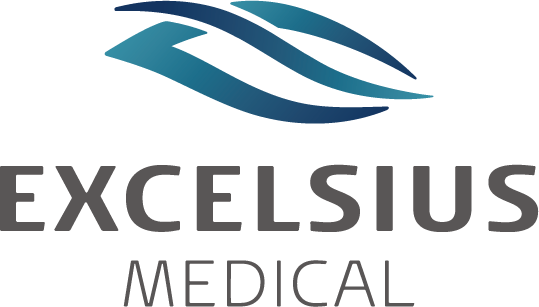Transform Your Workspace: The Ultimate Guide to Effective Workstation Lighting Solutions
Effective workstation lighting is a crucial element that can significantly influence workplace productivity and employee well-being. According to a report by the International Journal of Environmental Research and Public Health, appropriate lighting not only enhances visibility but also improves mood and focus, leading to an increase in overall efficiency by up to 20%. Furthermore, the American Society of Interior Designers highlights that well-designed lighting can reduce eye strain by 50%, a common issue in environments with inadequate illumination. As remote work and flexible office designs become the norm, understanding how to optimize workstation lighting is essential for creating a conducive work environment. This ultimate guide delves into various lighting solutions tailored to meet the unique needs of different workspaces, promoting both health and productivity while ensuring that employees can perform at their best.

Understanding the Importance of Optimal Workstation Lighting for Productivity
Optimal workstation lighting plays a crucial role in enhancing productivity and overall well-being in the workplace. Poor lighting can lead to eye strain, fatigue, and decreased focus, which ultimately hampers performance. Understanding the nuances of how light affects our work environment is essential for creating a space that fosters efficiency and creativity. Natural light, for example, has been shown to improve mood and energy levels, making it a valuable asset for any workspace.
Incorporating adjustable lighting solutions can also cater to individual needs and preferences, allowing workers to customize their environment for maximum comfort. Desk lamps with adjustable brightness, along with overhead lighting that reduces glare, can significantly enhance task performance. A well-lit workstation not only helps in maintaining concentration but also encourages healthier work habits, such as taking breaks and adjusting posture. By prioritizing effective lighting solutions, organizations can create an atmosphere that promotes productivity and supports the well-being of their employees.
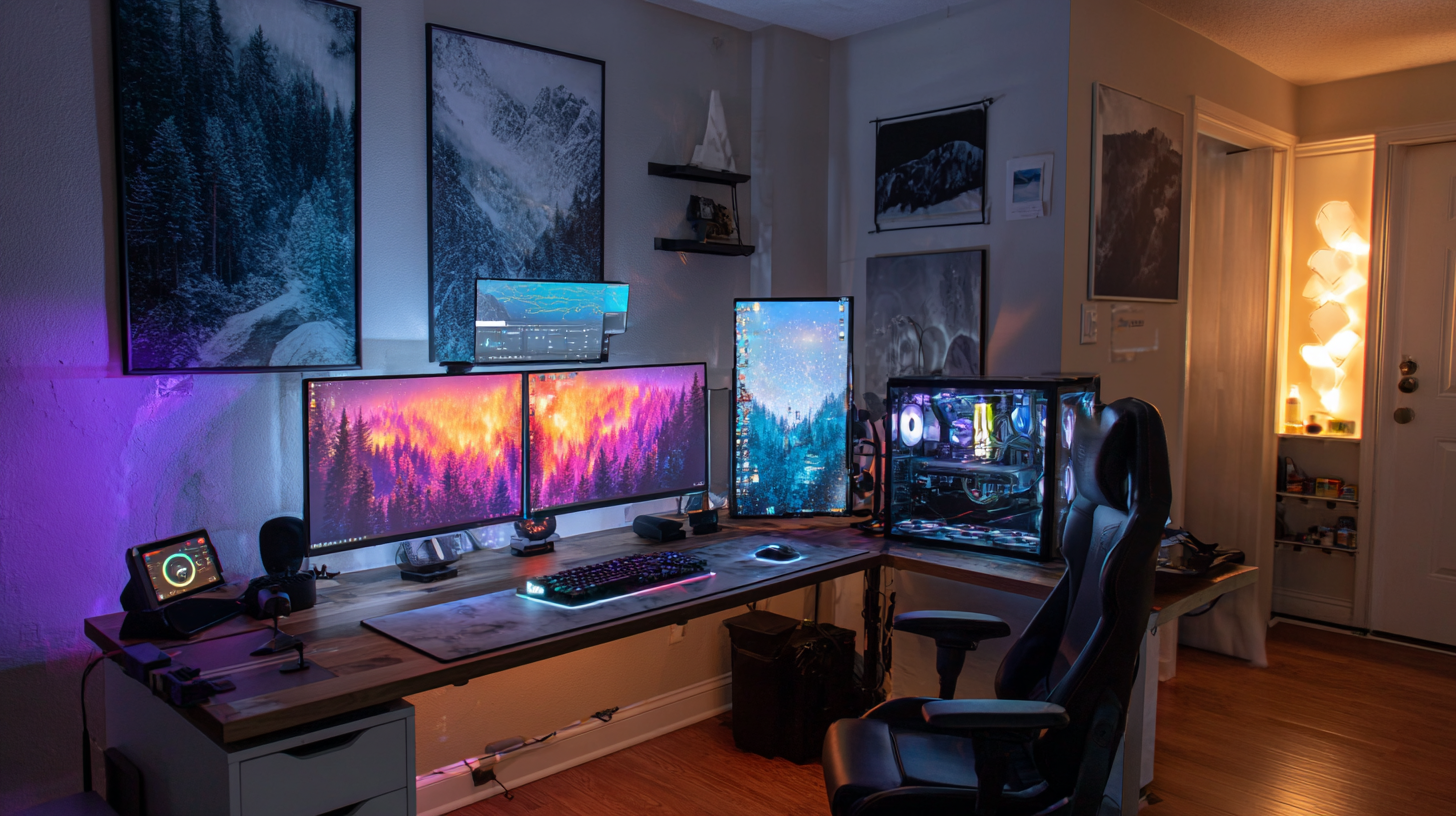
Key Types of Lighting: Ambient, Task, and Accent in Workspace Design
In designing an effective workspace, the interplay of different types of lighting—ambient, task, and accent—plays a crucial role in enhancing productivity and comfort. Ambient lighting provides the overall illumination needed for the workspace, ensuring that the environment is well-lit without causing eye strain. This can be achieved through ceiling fixtures or natural light sources, creating a warm and inviting atmosphere that encourages employees to feel at ease.
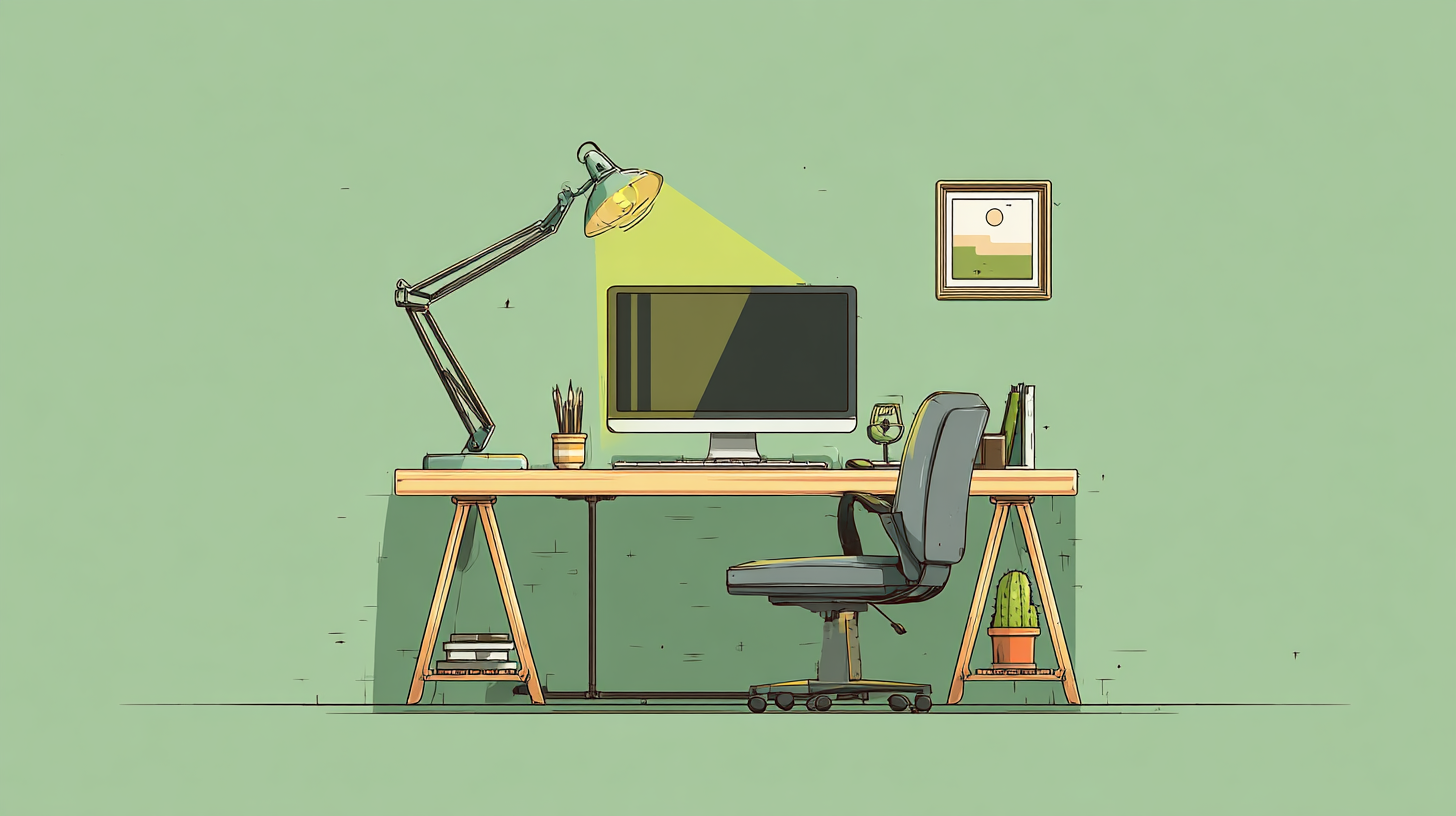
Task lighting, on the other hand, focuses on specific areas where detailed work is performed. Desk lamps or adjustable light fixtures can be utilized to provide direct illumination for activities such as reading, writing, or analyzing data. By positioning task lighting correctly, workers can avoid shadows and glare, ensuring a seamless workflow.
Lastly, accent lighting adds an aesthetic element to the workspace, highlighting key features such as artwork, plants, or architectural details. This not only boosts the visual appeal of the environment but also fosters creativity and inspiration among employees. Balancing these three types of lighting can significantly transform a workspace into an efficient and engaging hub for productivity.
The Impact of Natural Light on Employee Wellness and Performance
Natural light plays a crucial role in enhancing employee wellness and performance. Numerous studies have demonstrated that access to daylight can lead to improved mood, better cognitive function, and higher productivity levels. In workspaces where employees are exposed to natural light, the benefits extend beyond mere aesthetics; they significantly impact psychological and physical well-being. Workers report greater job satisfaction and reduced fatigue, leading to an overall positive work environment.
**Tips for Maximizing Natural Light in Your Workspace:**
- **Choose an Open Layout:** Aim for an office design that minimizes barriers between windows and workstations, allowing light to flow freely throughout the space.
- **Incorporate Reflective Surfaces:** Use materials and colors that reflect light, such as light-colored walls and shiny furnishings, to enhance the distribution of natural light in your workspace.
- **Utilize Glass Partitions:** Instead of solid walls, opt for glass partitions to maintain an open feel while still providing privacy, ensuring that natural light reaches more areas.
By prioritizing natural light in the workplace, organizations can foster a healthier, more engaged workforce. This not only boosts employees' well-being but can also lead to enhanced performance levels and increased retention rates.
Impact of Natural Light on Employee Wellness and Performance
Innovative Lighting Solutions for Remote Work and Home Offices
In today's remote work environment, the importance of effective workstation lighting cannot be overstated. According to the 2023 Global Workplace Survey conducted by Ergonomics and Design, more than 70% of remote workers report that lighting significantly impacts their productivity and overall well-being. Poor lighting can lead to eye strain, headaches, and decreased work efficiency, making it crucial to invest in innovative lighting solutions tailored for home offices.
One effective approach is to utilize adjustable LED task lighting, which can be customized for different activities throughout the day. A report by the International Association of Lighting Designers highlights that adjustable lighting can enhance focus and comfort, recommending a color temperature between 4000K and 5000K for optimal alertness. Furthermore, incorporating natural light elements—such as positioning your workspace near windows or using light therapy lamps—can improve mood and energy levels, leading to a more productive remote work experience. By implementing these lighting strategies, remote workers can transform their home offices into spaces that foster creativity and efficiency.
Measuring and Evaluating Lighting Efficiency: Key Industry Standards and Technologies
Effective workstation lighting is crucial for enhancing productivity and reducing eye strain. According to a report by the International Energy Agency (IEA), properly designed lighting can improve worker productivity by up to 20%. When measuring and evaluating lighting efficiency, it’s essential to consider key industry standards such as Illuminating Engineering Society (IES) guidelines, which recommend specific lumen levels for various tasks. For instance, office spaces should ideally provide between 300-500 lux, while detailed tasks might require illuminated levels exceeding 700 lux.
Tip: Invest in adjustable lighting fixtures that allow for customization based on individual tasks. This flexibility ensures that all workers can create an optimal environment suited to their specific work requirements.
In addition to meeting recommended lux levels, the Color Rendering Index (CRI) is another critical factor to evaluate. A higher CRI (above 80) indicates that colors appear more vibrant and true to life under a light source, positively impacting mood and focus. The U.S. Department of Energy highlights that LED lighting technology is not only energy-efficient but also offers high CRI options, making it an excellent choice for workplaces looking to enhance both efficiency and ambiance.
Tip: Consider task lighting solutions such as desk lamps with adjustable brightness and color temperature to further support various activities and reduce fatigue during prolonged work sessions.
Related Posts
-
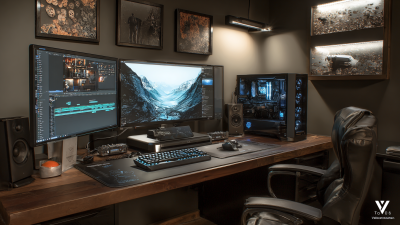
Understanding the Technical Specifications of the Best Workstation Lighting Options
-

Illuminate Your Workspace: Discover Unmatched Manufacturing Excellence from a Top Chinese Factory
-
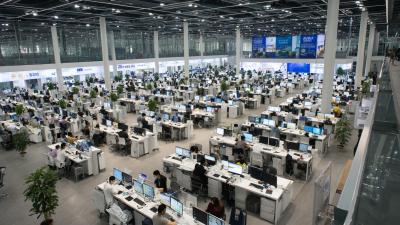
Exploring the Future of Workstation Lighting at the 138th China Import and Export Fair 2025
-
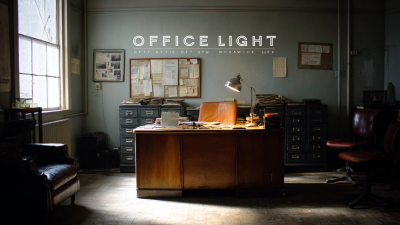
Exploring Alternatives to Best Office Light for Optimal Workspace Illumination
-

How to Transform Your Space with Innovative Light Solutions
-
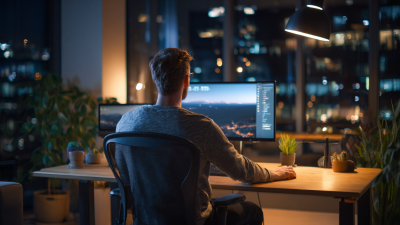
7 Best Workstation Lighting Solutions for Enhanced Productivity and Comfort
© 2025 EXCELSIUS MEDICAL All rights reserved
EXCELSIUS MEDICAL
Taiwan Office
2F., No. 18, Ln.31, Sec.1, Huandong Rd.,
Xinshi Dist., Tainan City 744, Taiwan, R.O.C.
German Office
Zeppelinstr. 4, Haus 3&4,
D-85399 Hallbergmoos, Germany
